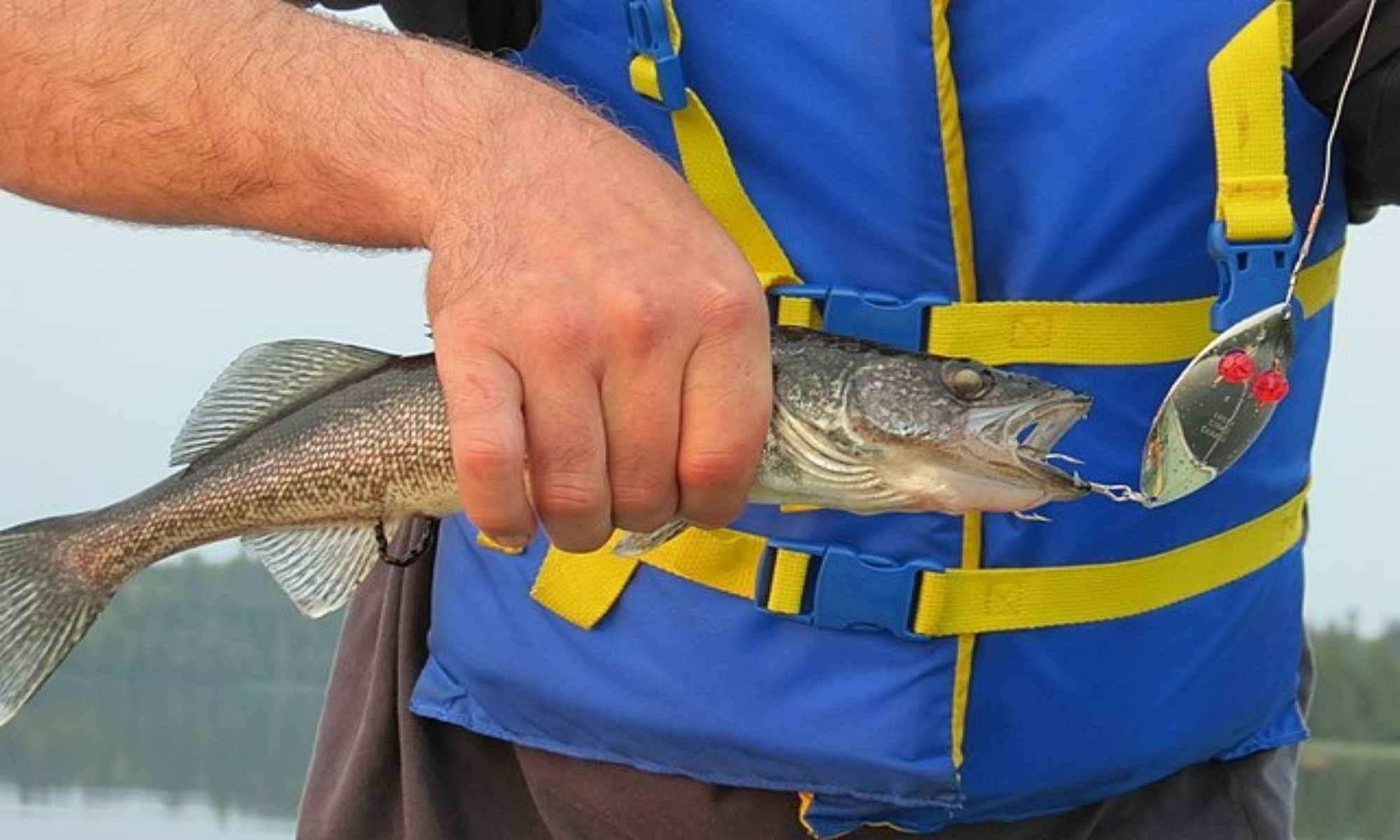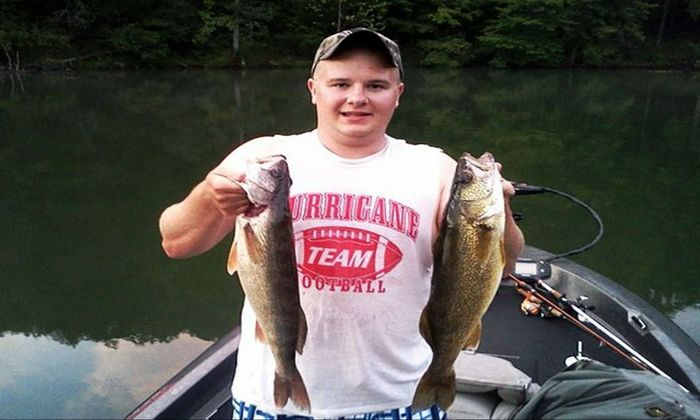Helpful Tips for Catching Walleye
Catching walleye is one of the most rewarding experiences of an angler.

Walleye can be a more challenging species to catch, but the challenge and the promise of a good meal motivate anglers to gear up for this lifelong pursuit. Fishing for this type of species requires the right bait & tackle and knowledge of where it is best to find them and how to catch them using popular and effective techniques.
Rods and Reels
To get started fishing walleye, you will need a spinning combo. A typical medium power 6-7 foot spinning rod and a medium-sized reel will give you the flexibility to fish many popular walleye techniques. However, a medium-light power rod is best for jigging and rigging live bait tactics. If you can afford to own one of each, you can efficiently execute both techniques. Medium power rods are appropriate for artificial approaches such as crankbaits and soft plastics, while medium-light rods are appropriate for live bait.
What to Use as Live Bait to Catch Walleye

If the angler is new to fishing, live bait is highly recommended for beginners because Walleye are more tricky and challenging to catch than your average freshwater fish. It is best to drag a sharp and small ⅛ oz jig with half a nightcrawler tied to 6# test monofilament over and over near the bottom of the lake. This process is simple and inexpensive. Walleye will hook themselves with these jigs because they are light.

Types of Live Bait
1. Leeches
Leeches as live bait is a great option in bodies of water dominated by walleye. However, in smaller bodies of water with abundant populations of Perch, Panfish, and Bass, the angler’s leech might just get lost.
2. Minnows
Minnows are one of the most reliable types of bait for walleye anglers, particularly Shiner and Flathead Minnows. If the target is a bigger fish, Shiners within the 4-6″ range are the most effective. They can weed through a few smaller fish and get the angler a 25″+ Walleye.
Recommended Jigs
1. Fireball Jigs
Jigging is a well-known technique for targeting walleye. Anglers will need jig heads to be able to do this. For jigging live bait, it is necessary to utilize Fireball style jigs. These are made especially for walleye- jig heads with no lead barb on the jig base. The hook shank is short. 1/4 oz and 1/8 oz are the best options for most circumstances. Chartreuse is an effective color for live bait jigging, but having glow colors on hand is always good when night fishing.
2. Barbed Jigs
Barbed jigs are imperative in an angler’s arsenal for soft plastics. These jigs are commonly used for all freshwater species, and the size ought to correspond to the soft plastics the angler is using. Jigs that are 1/4 oz are matched with 4-6″ soft plastics, and jigs that are 1/8 oz are sized for 2-3″. This is common practice, but it is always recommended that the average angler invests in a custom fit jig to get the most out of the experience.
Numerous manufacturers size the weight-to-hook-shank ratio differently. The plastic has to be secured and cover the barb. White jig heads are effective in matching the bait as close as possible.
Things to Consider When Fishing for Walleye
1. Temperature
A 65-75 degree range is the temperature for walleye activity. This usually occurs between the spring and summer seasons. Specifically, 45-65 degrees is the common range for spring. Anglers should target the warmest areas of lakes. It is important to remember that lakes first heat up on the northern side, and complex bottom areas will be the warmest. Walleye will be spawning, so anglers usually target outside northern bays to find Walleye fish moving out just after spawning.

On the other hand, 75-80 degrees is the typical range for summer activity. Factors like hot water temperature and bright lights will push walleye deep, so anglers target mid-lake structures on small to medium-sized lakes. Reefs and flats are good options for larger bodies of water.
2. Light
One of the reasons walleye can be difficult to catch is their high sensitivity to light. With this, the best time to fish would be early in the morning and late in the evening. At noon when the sun is high, they tend to move deeper into lakes and seek shade to provide them cover. However, during periods where the light is low, walleye will move into shallow waters to feed on baitfish close to the shore. It is much easier to target Walleye while they are in the shallows during low light instead of finding them in deeper waters during sunny afternoons.
Learning how to target walleye can be highly frustrating, especially for inexperienced anglers. They are picky, and many of these fishing adventures are beyond one's control. It is beneficial to concentrate on locating walleye based on temperature, feeding, and seasonal patterns. Begin by pursuing them with live bait. The experience will be gratifying and fulfilling once the angler has figured out catching a few walleye.
Because of the fight they put up in the water, walleye is a great choice and a favorite among many anglers. It is, however, a good meal for those who enjoy eating fish and are looking to try new flavors. When cooked, walleye has a mildly sweet taste that is beneficial due to the nutrients that aid in the body's health maintenance. It is a known source of omega-3 fatty acids. You can pan-fry, deep-fry, roast, grill, or bake it when adequately cleaned.
Walleye can be found in Minnesota's Lake of the Woods, Michigan's Detroit River, North Dakota's Devils Lake, and Wisconsin's Lake Winnebago.


